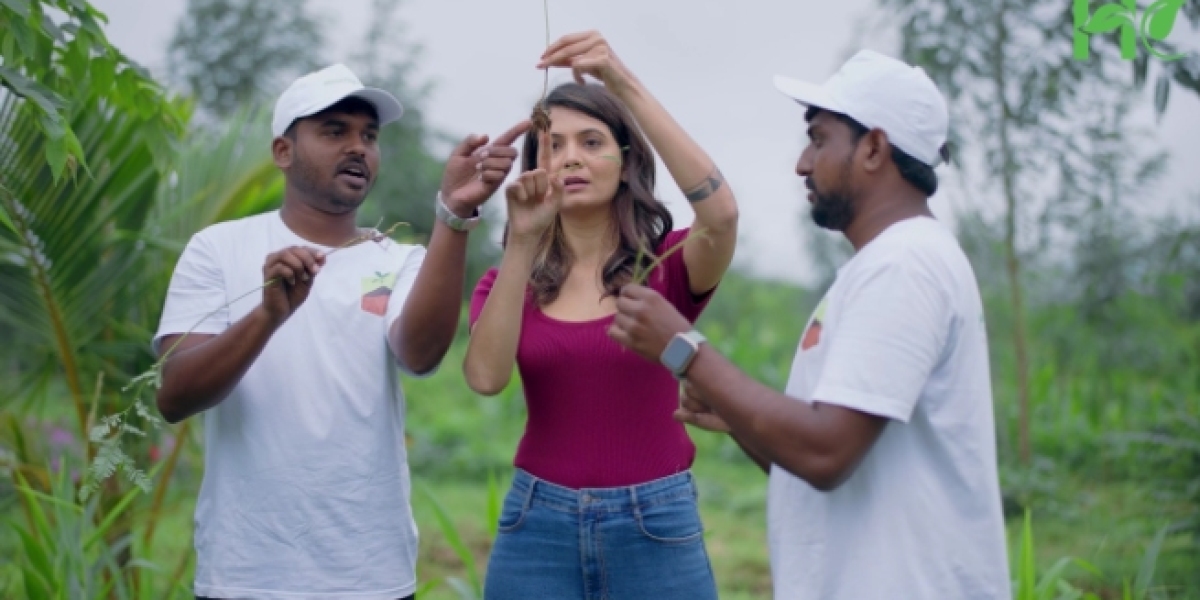Ensuring a high standard of both quality and quantity in photosynthesis is essential to fortifying natural immunity and bolstering pest resistance in plants and trees. At Hosachiguru-managed farmland, we employ various strategies to enhance photosynthesis in timber plants, diverse plant species, and trees thriving within our agroforests and food forests. Some of them are as follows:
- Optimize Light Exposure: We adopt the syntropic farming method to grow our food forests, which strategically involves planting in layers and areas with abundant light availability to ensure optimal sunlight exposure. Additionally, we selectively prune surrounding trees or structures that could potentially shade the plants excessively.
- Plant Diversity: We encourage a diverse range of native plant species within the food forest. Different species can have complementary growth patterns and nutrient requirements, which can enhance overall ecosystem health and productivity.
- Soil Health Management: We ensure soil health by employing techniques like dry and green mulching, composting, and utilizing natural fertilizers. Healthy soil, rich in essential nutrients, fosters vigorous plant growth and efficient photosynthesis. This, in turn, enables plants to manage diseases and pests adeptly, reducing reliance on external inputs.
- Water Management: We ensure adequate water availability through irrigation systems or by planting during appropriate seasons. Adequate water supply is essential for photosynthesis.
- Companion Planting: In our community vegetable and mandala gardens, we practice intercropping with nitrogen-fixing plants. This method enriches the soil with vital nitrogen, supporting plant growth and facilitating photosynthesis, essential for a thriving garden ecosystem.
- Pruning and Maintenance: Regular pruning serves to eliminate dead or diseased branches, facilitating improved light penetration and airflow throughout the agro and food forest. This practice promotes photosynthesis and strengthens plant and tree immunity, enabling them to better resist diseases and pests.
- Monitoring and Adjusting: Our committed farm staff, residing on-site, consistently oversee the health of plants, soil conditions, and growth patterns. They adapt their approach according to observed requirements, aiming to optimize the environment conducive to photosynthesis.









